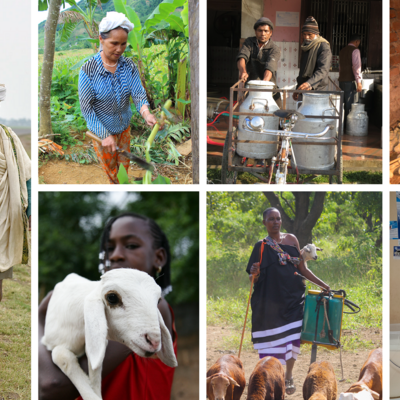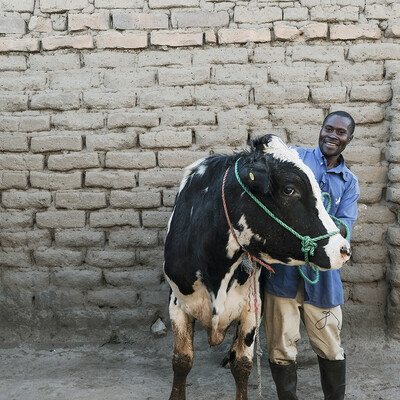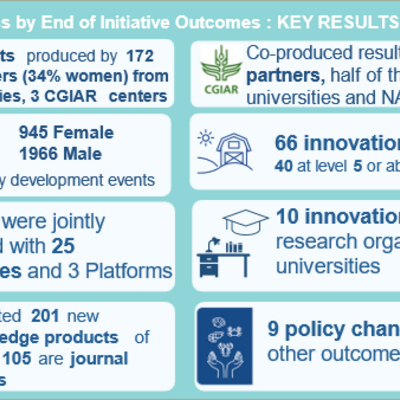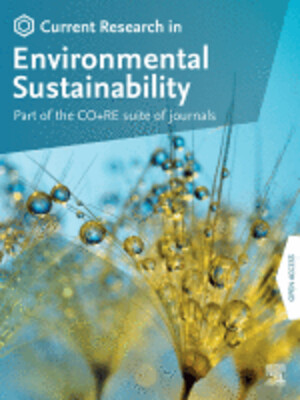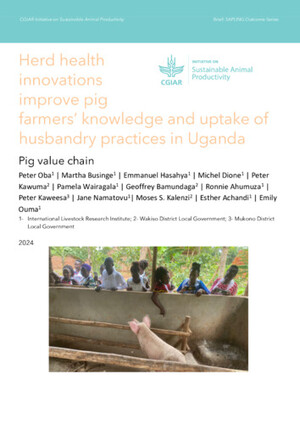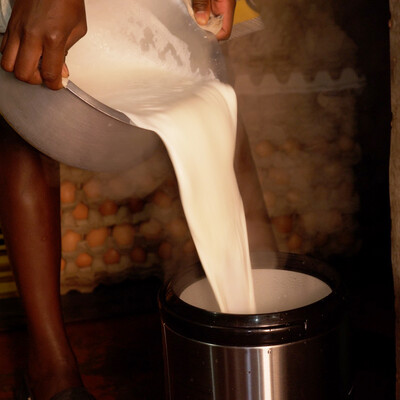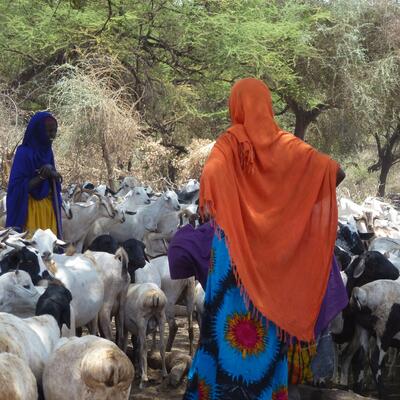
The Kenya Livestock Master Plan process initiated to enhance sustainable development and investment in the sector
The Kenya livestock sector supports the livelihoods of a significant part of the population and is key to attaining food and nutrition security in the country. The sector contributes approximately 12 per cent to the national Gross Domestic Product (GDP) and 42 per cent to agricultural GDP. It is also the main source of livelihood to the people in the Arid and Semi-Arid Lands (ASALs), accounting for 90% of employment and more than 95% of family incomes in these areas.
Kenya has initiated a process to develop a Livestock Master Plan (LMP), which aims to identify investment options in livestock value chains through evidence-based sector analysis. The priority livestock value chains include dairy, beef, camel, sheep, goat, pig, poultry, donkey, apiculture, rabbit and other emerging livestock.
The Kenyan livestock sector is faced with several challenges that hinder its growth. Therefore, the development of the KLMP is expected to help address them to realize the sector's full potential. It will also provide a platform for sound planning in the livestock sector for all stakeholders.
A well-designed investment plan will be of great value to growing the livestock sector, right from the smallholder farmers who produce substantial quantities of animal-sourced foods to the national economic growth, poverty reduction, food and nutrition security, and reduced greenhouse gas emissions initiatives.
In a statement made by Harry Kimtai, the principal secretary for the State Department of Livestock, the 'development of the Kenya Livestock Master Plan (KLMP) will support the implementation of the national livestock policy and guide sustainable investments into the livestock sector by government, development partners and private- sector investors. This, in turn, will lead to an enhanced contribution to food and nutrition security, poverty alleviation, livelihoods and economic growth.
The KLMP development process is being led by the State Department for Livestock, Ministry of Agriculture, Livestock, Fisheries and Co-operatives by the National Technical Committee, and the KLMP Steering Committee both at the national and county level. Technical and financial support is provided by various partners, including the International Livestock Research Institute (ILRI) as the lead centre, the Food and Agriculture Organization of the United Nations, the French Agricultural Research Centre for International Development (CIRAD) and the African Union-InterAfrican Bureau for Animal Resources.
ILRI will provide technical support to analyse the contribution of the livestock sector to the economy. ILRI will also offer training to government livestock experts, planners and decision-makers to carry out evidence-based and realistic investment planning to increase livestock sector investments using the data analysis conducted as evidence to make strategic choices that attract investment. ILRI uses a combination of foresight analysis tools in analysing the impacts of interventions, designing expected investment projects, and conducting relevant evidence-based studies.
The analyses involve a review of the prioritized value chain nodes of production, inputs, value addition, transport and marketing, and the identification of the data to be collected during the baseline survey using suitable data collection approaches. After carrying out the baseline data, the analysis will demonstrate the potential returns on investment of combined technology and policy interventions.
The KLMP process will therefore enable the identification of the needed investments and policies to develop the sector. It is also expected that the process will be aligned with the existing livestock policy framework as a foundation to specifically point to the place and contribution of county governments as enshrined in Kenya's constitution and the livestock and veterinary policies.
The specific objectives of the KLMP include;
• To build the capacity of national and county livestock sector technical personnel and policymakers to carry out evidence-based investment planning.
• To establish a validated baseline status of the livestock sector.
• To conduct evidence-based livestock sector analysis (LSA) and set the stage for developing alternative scenarios to be considered in the foresight analysis.
• To develop a 15- year Livestock Sector Master Plan /strategy that considers economic, social and environmental sustainability.
• To develop 5-year commodity/value chain road maps and support their adaptation into the County Integrated Development Plans (CIDPs).
LMPs comprise three parts: a Livestock Sector Analysis (LSA) of the country's past and current trends, a long-term (usually 15 years) forecast based on the generation of scenarios and policy options regarding the impact, benefits, costs and tradeoffs of the impact of livestock sector strategies (LSS), and a medium-term (usually five years) investment plan with commodity value chain road maps.
ILRI has previously supported the development of LMPs in Ethiopia, Tanzania, Rwanda, Uzbekistan and the state of Bihar in India and is currently supporting Kenya, Odisha State of India, and The Gambia.
Kindly visit the ILRI Livestock Master Plan website for more information.







